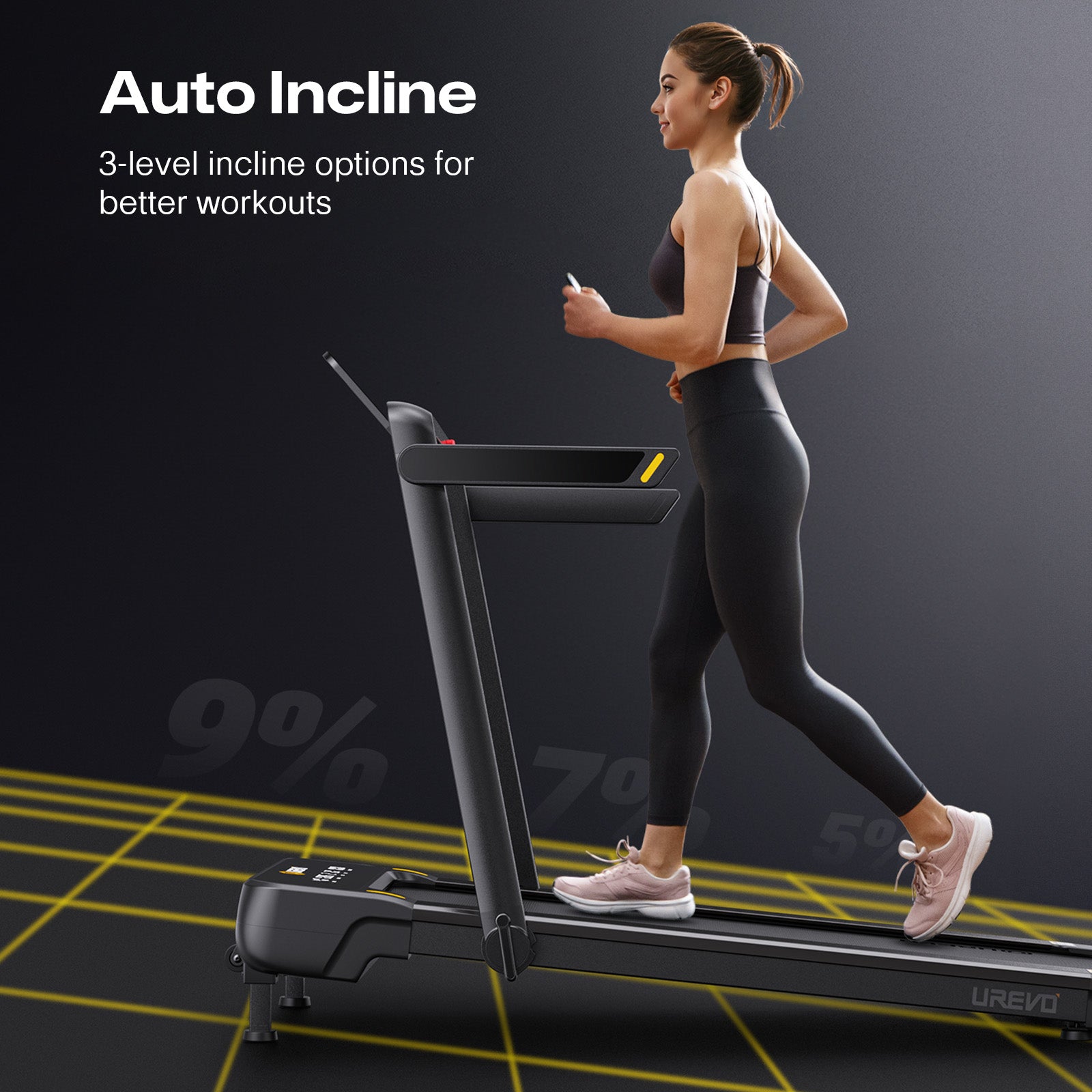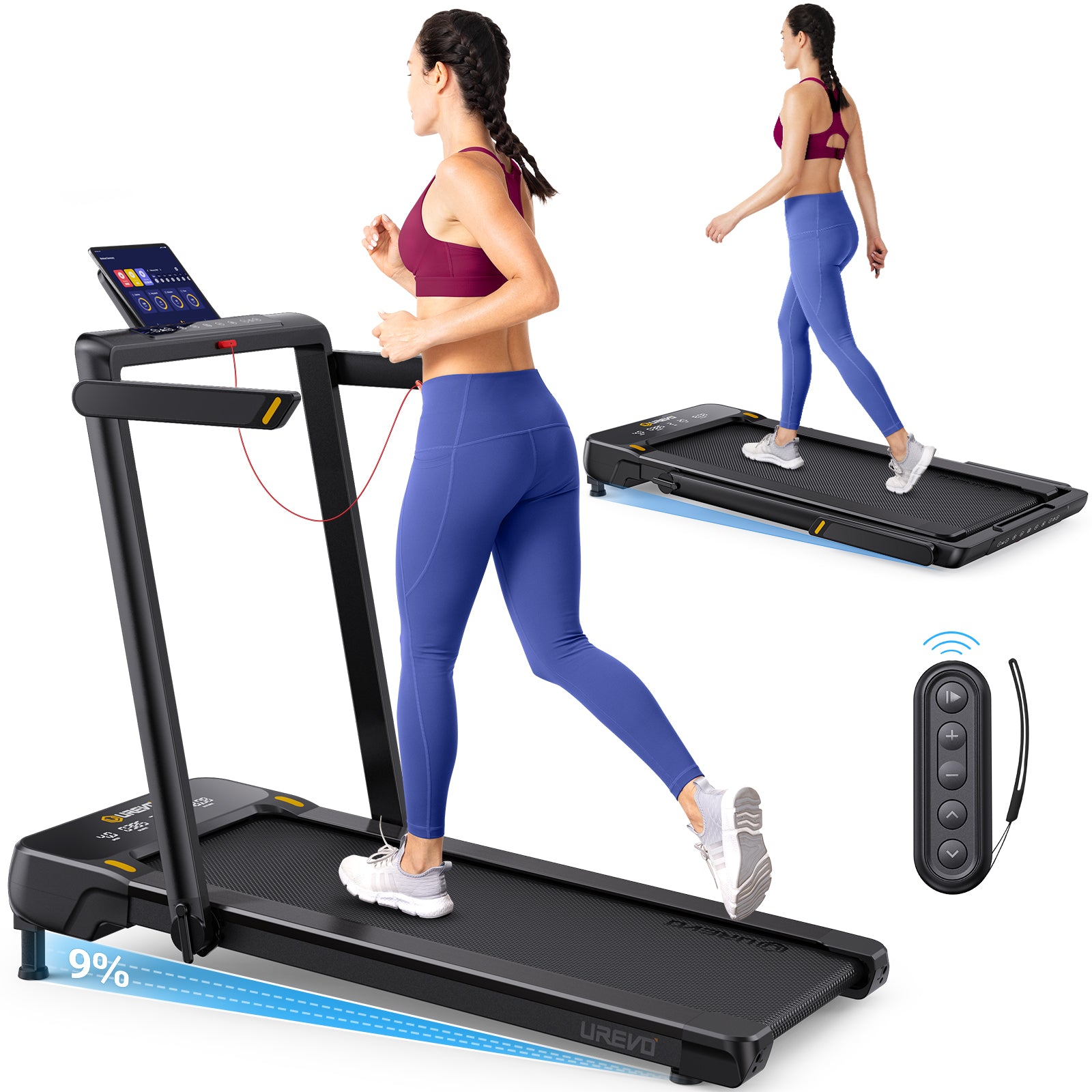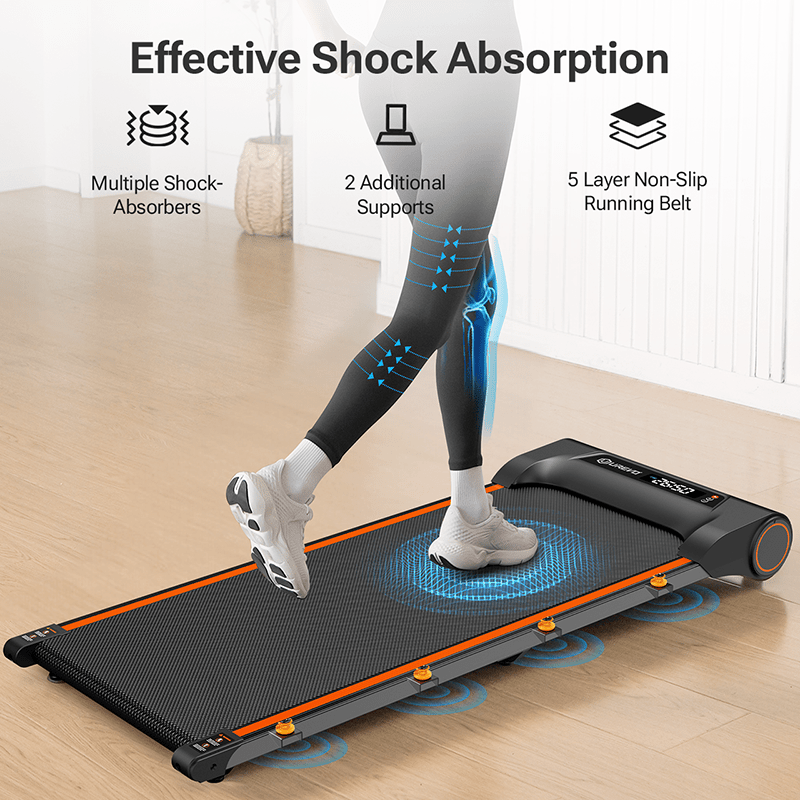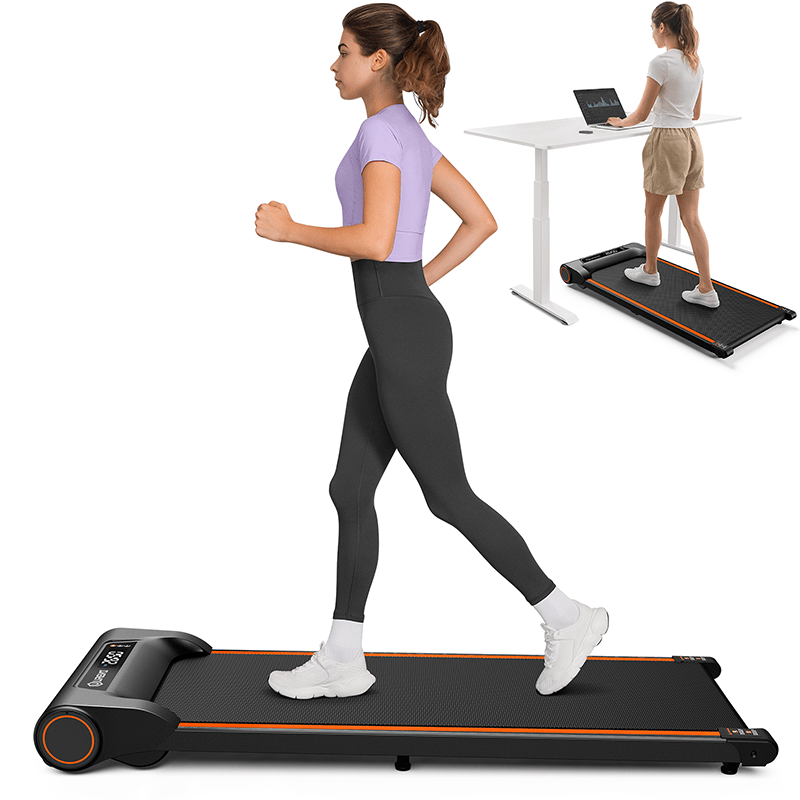When it comes to maintaining fitness, treadmills offer a reliable, adaptable option for walking and running indoors. The speed of a treadmill varies widely depending on its design and target user. This article aims to detail the different speeds achievable across various types and classes of treadmills.
Speed Ranges of Budget Treadmill
Starting with budget treadmills, these models cater to casual users or beginners looking for a cost-effective solution to indoor running or walking. Typically, the maximum speed on these machines ranges from 6 to 10 mph (miles per hour). This speed bracket is adequate for a brisk walk or a light jog. Budget treadmills often have less robust motors, which is a primary factor in their limited speed capabilities.
Speed Ranges of Intermediate Treadmill
Intermediate treadmills are favored by more committed exercisers or those looking for a machine with a better build and additional features. These treadmills usually offer a higher top speed that spans from 10 to 12 mph. The increase in speed allows for a more intense running session, suitable for intermediate runners or those looking to improve their cardiovascular fitness through faster paces.
Speed Ranges of High-End Treadmill
High-end treadmills are engineered for serious runners and fitness enthusiasts who require durability and advanced features. These machines can reach speeds up to 15 mph or more. Alongside high speeds, these treadmills often feature enhanced shock absorption, sturdier construction, and a variety of training programs, which make them ideal for high-intensity workouts and marathon training.
Speed Ranges of Home-use vs. Commercial Treadmill

Home treadmills typically max out around 12 mph. In contrast, commercial treadmills, designed for heavy use in gyms and fitness centers, often boast top speeds ranging from 12 to 15 mph, with some luxury models even exceeding this limit. The durability, motor strength, and maintenance of commercial treadmills allow them to sustain higher speeds with greater user frequency.
How Fast Can a Manual Treadmill Go?
The speed on these machines is entirely dictated by the user's effort. The faster you walk or run, the faster the belt moves. Manual treadmills can be particularly challenging because they require more muscular engagement to keep the belt in motion. The potential speed is unlimited but is generally restricted by the user's own strength and stamina.
What Treadmill Speed Is Right For You?
Beginners might start at a gentle pace of 2 to 4 mph, which is comfortable for walking, and gradually increase the speed as their fitness improves. Intermediate users often toggle between 5 to 8 mph for jogging or running, while advanced runners might challenge themselves at speeds over 10 mph. It is essential to align your treadmill speed with your fitness goals, current health status, and physical capabilities to prevent injuries and ensure steady progress.
Final Words
Treadmills offer a versatile range of speeds tailored to various fitness levels and goals. Whether you opt for a budget, intermediate, or high-end model, understanding the speed capabilities of each can help you make an informed decision that aligns with your health and fitness objectives.

FAQs About Treadmill Speed Capacity
1.How fast is 7.0 on a treadmill?
A speed setting of 7.0 on a treadmill usually corresponds to 7 miles per hour (mph). This speed is moderate and is typically used for jogging or a fast-paced run, depending on the runner's fitness level.
2.How fast is 10.0 on a treadmill?
A speed setting of 10.0 on a treadmill typically means 10 miles per hour (mph). This is a fairly fast pace, equivalent to running a 6-minute mile. It's a speed suited for experienced runners or those engaging in short, high-intensity sessions.
3.How fast is 12 on a treadmill?
A speed setting of 12 on a treadmill translates to 12 miles per hour. This is considered a high speed and is often used for short bursts of running or sprinting in interval training. It's quite fast and suitable for advanced runners.
4.How accurate are the speed readings on treadmills?
Most modern treadmills are fairly accurate in their speed readings, but calibration issues can arise, especially in heavily used or older models. Calibration ensures the displayed speed matches the actual belt speed. Regular maintenance can help maintain accuracy.
5.What is the best way to increase treadmill speed without risking injury?
Increase your speed gradually. A good rule of thumb is to not increase your running speed by more than 10% per week. This allows your body to adapt to the increased demands without overwhelming your musculoskeletal system.
6.How do I know if a treadmill's speed is appropriate for my fitness level?
Monitor your body's response. If you can maintain a conversation without gasping for air at a certain speed, it's likely a good pace for you. Conversely, if you find speaking difficult, you might want to dial back the speed.
7.Is it better to walk faster or longer on treadmill?
For improving cardiovascular health and increasing calorie burn efficiently, walking faster is more beneficial. Conversely, if your goal is to enhance stamina, lose weight gradually, and minimize injury risk, then walking for a longer duration at a moderate pace is better. Combining both methods can provide comprehensive fitness benefits, allowing you to enjoy both quick, intense sessions and longer, endurance-building walks.
8.What treadmill speed is good for losing weight?
For effective weight loss on a treadmill, the ideal speed will depend on your current fitness level and your specific goals:
For Beginners: If you're new to treadmill workouts, a good starting speed is between 3 to 4 mph. This pace is generally comfortable and allows you to maintain a conversation, which is a good indicator that you're working out at a moderate intensity. Gradually increase your speed to include short bursts of faster walking or light jogging, alternating with slower walking. This kind of interval training can help increase your caloric burn and improve your cardiovascular health without overwhelming you.
For Experienced Runners: If you have more experience with running or higher fitness levels, you might start your intervals at speeds ranging from 6 to 10 mph. Incorporate short sprints into your running sessions, alternating with periods of jogging or fast walking to catch your breath. This method increases the intensity of your workout, which can lead to more significant calorie burning and faster improvements in fitness.
9.Is it good to use treadmill every day?
Using a treadmill every day can be a good practice, particularly if you're focused on maintaining or improving cardiovascular fitness, managing weight, or establishing a consistent exercise routine. Regular use of a treadmill for walking or light jogging can be beneficial for overall health, helping to improve heart health, increase stamina, and burn calories. Daily moderate-intensity exercise on a treadmill is typically safe for most people and can be an effective way to meet physical activity guidelines.
However, it's important to incorporate variety and rest into your fitness routine to prevent overtraining and reduce the risk of injury. High-intensity treadmill workouts daily can lead to fatigue and increased injury risk if adequate recovery is not allowed. Alternating between intense and lighter workouts or mixing treadmill sessions with other forms of exercise like strength training or yoga can help maintain a balanced fitness regimen. Always listen to your body and include rest days or lighter intensity days as needed to allow for muscle recovery and to avoid burnout.
Read More
- 8 Reasons Why UREVO is Considered the Best Treadmill for Under Desk – Urevo
- How to Walk for Weight Loss? (10 Tips) – Urevo
- Walking Treadmill Pad: Your Secret Weapon for Effective Weight Loss – Urevo
- How Many Steps a Day Should You Walk? – Urevo
- Is It Better to Walk Outside or on the Treadmill? – Urevo

























